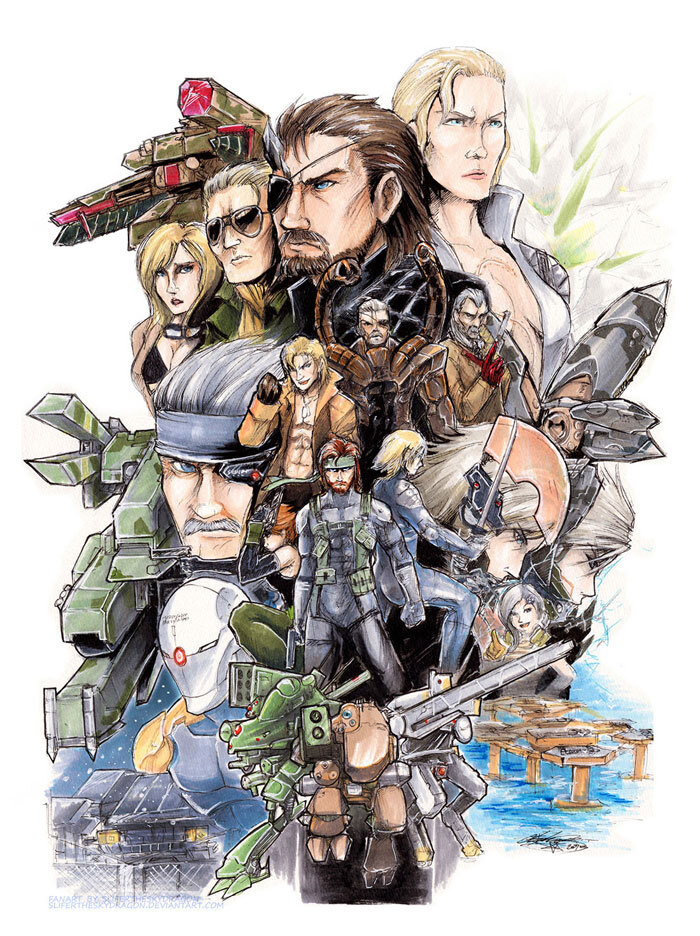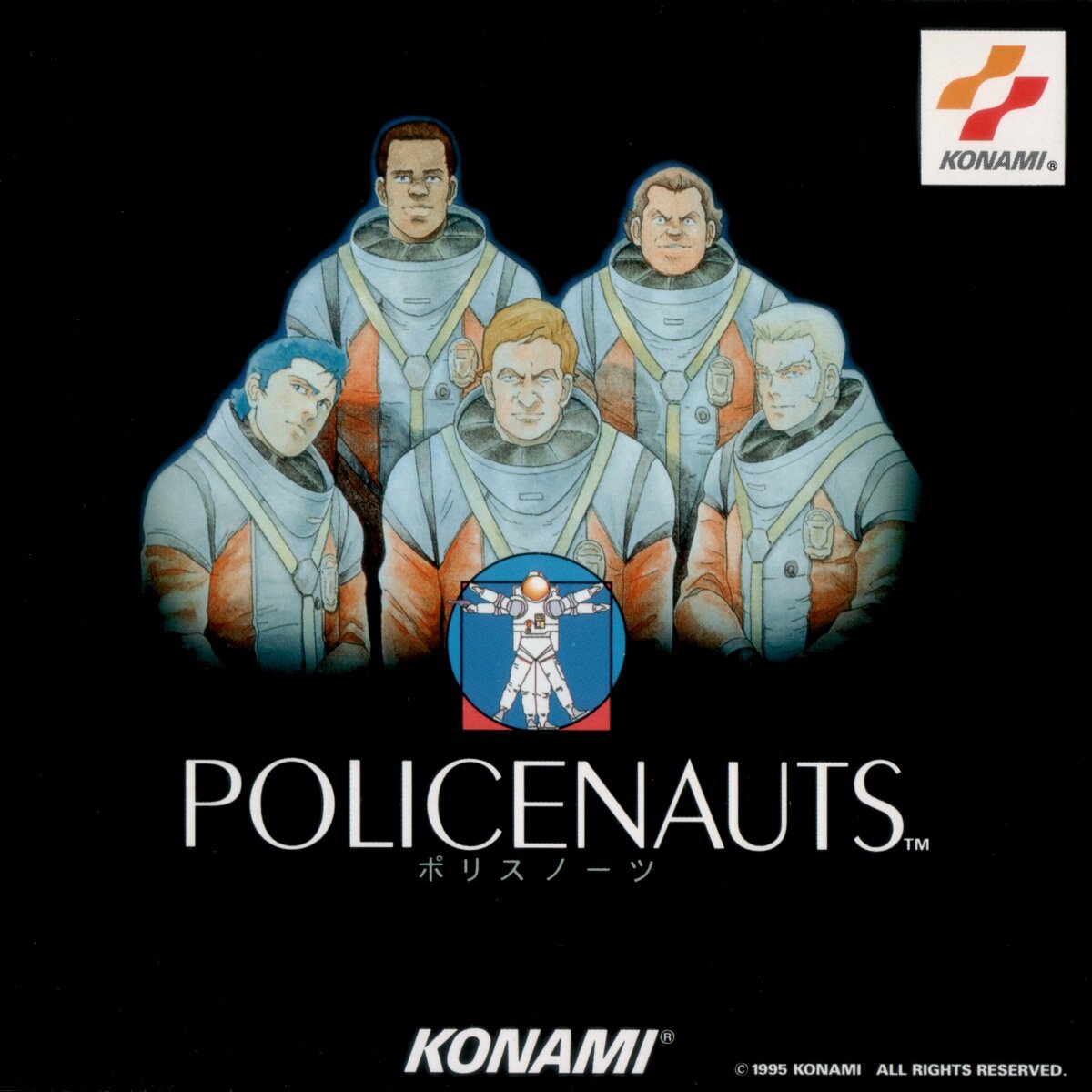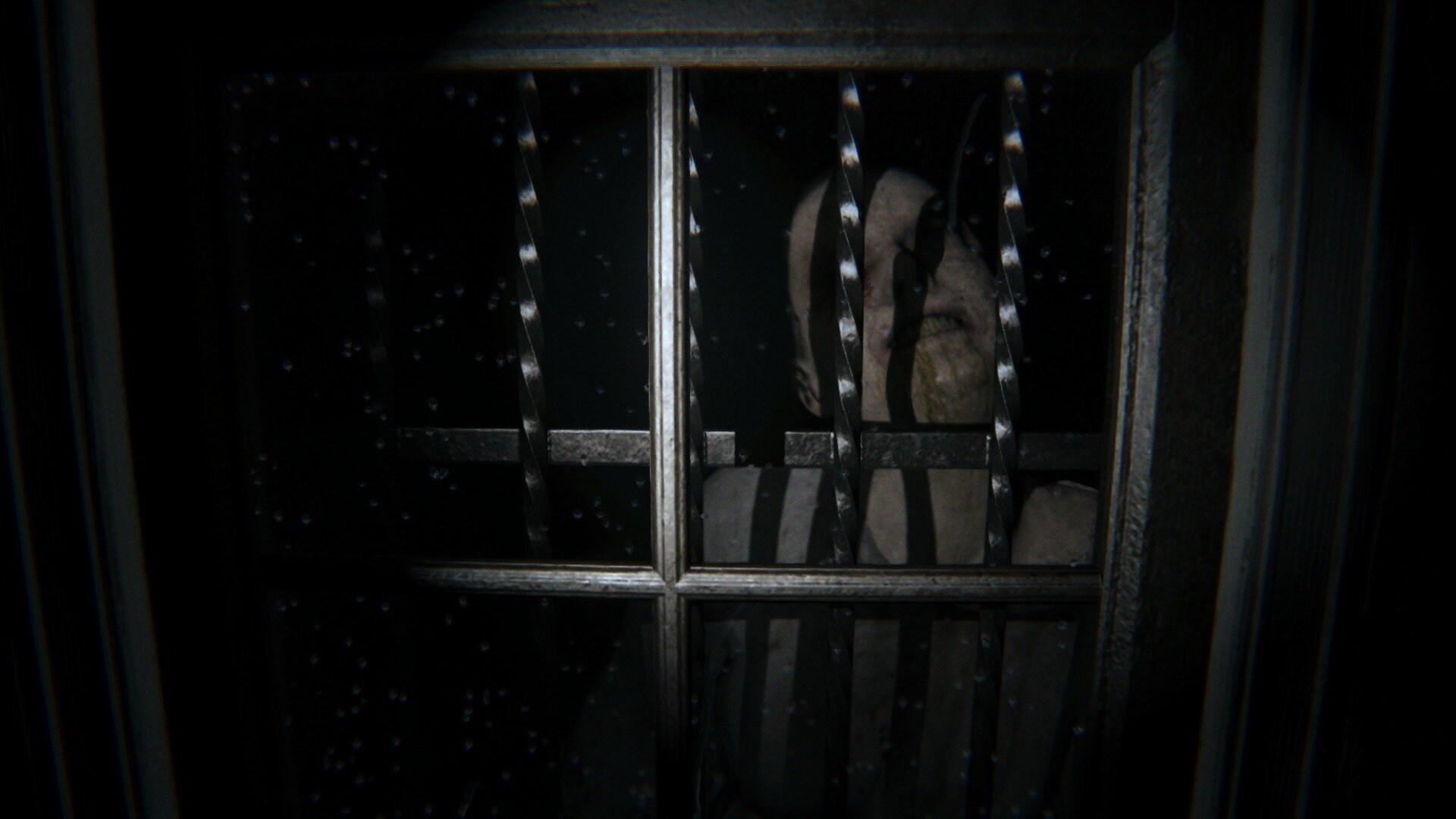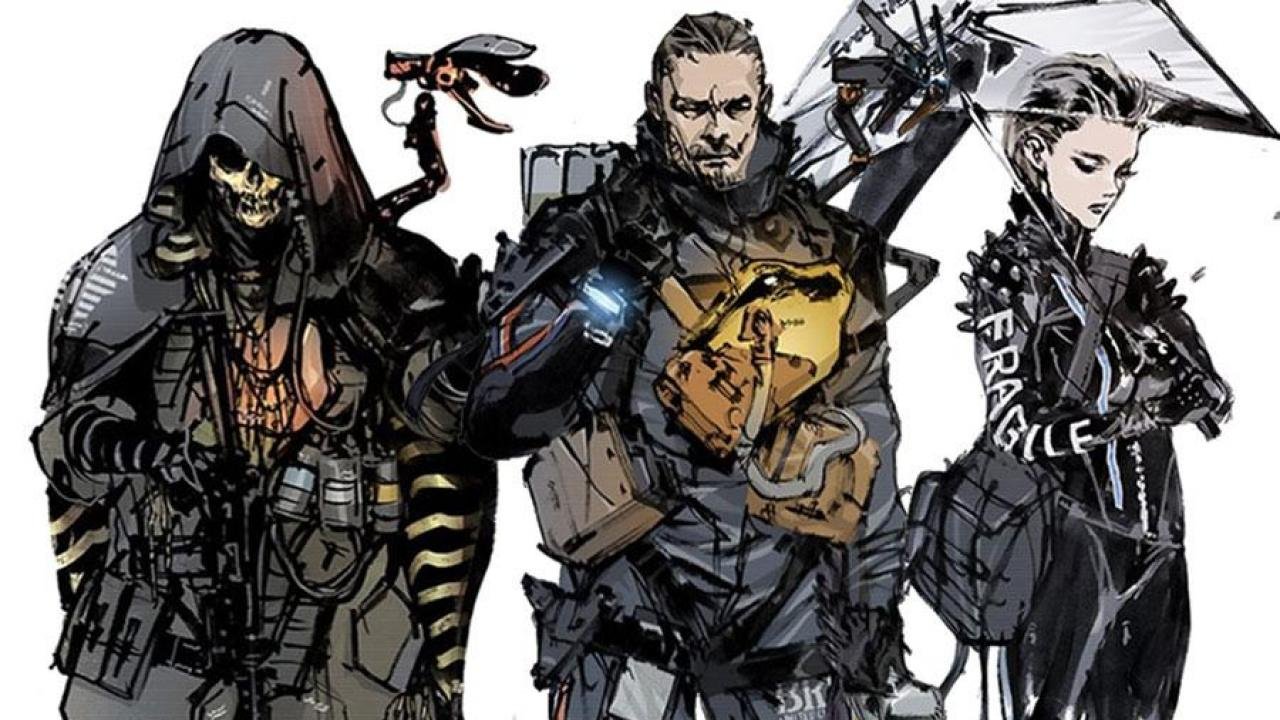HIDEO KOJIMA – BRIDGING THE GAP BETWEEN CINEMA AND VIDEO GAMES.

Nowadays, there are many different forms of art, and cinema is one of them.
This powerful digital craft combines several other massive art forms at once, such as literature, and visual/audio communication to portray emotion, character, and empathy. It has made a huge impact on society and vice versa; society is reflected in movies and in return movies influence society by changes in representations. It is undoubtedly a powerful tool, sparking thought and conversation whether it’s an action-packed blockbuster or a more conceptual and raw motion picture. However, is there anything more powerful than cinema?
When we think of entertainment, cinema and video games go hand in hand. They are the 2 sides to the digital coin when it comes to nail-biting action or glamourous visual effects, but due to the technological development in the industry is it now possible to say that video games are just a continuation of the art of cinema? Are we now seeing the lines blur even more than before? Video Games, in the same way, cinema does, has the power to convey emotion and human empathy. The only difference is that in a game we point and shoot, and in a film we sit, we listen, and we watch. Certain games though break this mould and fuse together the two worlds to create something entirely new altogether. An experience that bridges the gap between Cinema and Video Games.
Kojima The Wonder-Designer
Every painting has been crafted by hands, every film has been shot by a director, and thus every game has been developed by a designer. And there are few designers which name holds as much weight then Hideo Kojima, the wonder-designer. Kojima is a name that among the gaming industry echoes with history, controversy, success and downfalls. His games are the marmite of the gaming industry because you either love them or hate them. His unique approach to the storyline, dialogue, and the worlds in which his games are, within create unique experiences from start to finish - although can sometimes leave the more casual player base left scratching their head in confusion due to the conceptual nature of his games.
Conceptual medium is certainly not for everyone and as a result, are harder to pitch to studios or other potential stakeholders. By the word conceptual, we mean a direction in art for which the main goal is to convey the idea of an artist or auteur [in this case a director] or perhaps another philosophical idea. The conceptual art form refers first of all not to emotional perception, but to intellectual comprehension. Conceptual art has a multilevel semantic organization. The meanings of the work become apparent to the viewer as a result of independent reflection, gaining existential experience.
Kojima's works combine many topics that are important for our being and make us think about life, fate, loneliness, and love for humanity. In his works, there are many references not only to the cultural heritage of the last century but also to the ancient cultural heritage, which has helped form our modern society. However, the most important thing is that Kojima's work makes us reflect not only on the past but abut also gives us a look to the future.
The History behind Kojima
“70% of my body is made of movies.”
Kojima’s parents were real film scholars. They watched a movie every night and would not let him go to bed until the movie was over as mentioned by Kojima in one of his interviews. Kojima always was drawn to creative creation. In his youth, he wanted to become an illustrator, which later he used to write stories. At some point, Kojima, along with a friend, started filming with an 8mm camera until life eventually brought him to game design.
First of all, the Japanese game designer in fact wanted to become a film director [this comes as no surprise to anyone who has watched all 9 hours of Metal Gear Solid 4’s cutscenes], but as it was a very hard thing to do due to the barrier to entry, instead Kojima would first try to become an author. His idea was to make it big by writing a novel that would be picked up and developed into a film, similar to the ‘knock out’ series Rocky.
This all changed once his family acquired a Famicon, a Japanese home computer, that acted as the conduit to his addition with gaming. Acquiring this computer fuelled Kojima’s new obsession with gaming, spending hours on hours playing video games. One notably took a hold of him more than the rest, which was Space Invaders. Who would have thought that a game which is seen now as such a simple development would be the thing that sparked the synthesis of some of the most remarkable, captivating and sometimes tempestuous games in history?
Kojima in his early days would go to university to study economics, although as his passions for pixels grew, he would instead pursue a career in game development. In 1986 he would land a job in Konami which would inadvertently change the world of gaming as we knew it over the 30 years he has spent there.
Kojima draws from all of his past experiences from literature, film and gaming and creates a mould for his philosophical and conceptual approach to gaming. This becomes even more apparent when we dive into his backlog of classics, from graphic adventure games to best-selling game franchises, down to one of the most intense and atmospheric horror experience you can ever endeavour on a home system.
Past Projects
Metal Gear
Kojima started at Konami as a designer when he was 23. He was working at the department which was responsible for producing games for the by then-popular MSX desktop computer in Japan. His first project as director was "Metal Gear, a now staple on any Games system and a name that few gamers wouldn’t have heard of. Inspired by spy movies and in particular, the movie “The Great Escape”, the game told the story of Solid Snake, who travelled to Outer Heaven to stop a tank called Metal Gear. Kojima's project was one of the first to establish the stealth action genre [games where head-on combat is actively discouraged, the player instead primarily uses stealth in order to avoid or overcome antagonists without being spotted]. This is an important factor in a lot of Kojima’s games. Although the Japanese Designers games are almost always related to conflict and hurt, for the most part, Kojima's games actually reward not killing or actively discourage killing.
In the newer Metal Gear Solid games, you'll be rewarded for incapacitating enemies rather than killing them, those you need to kill are usually those who are trying to kill you. The original Metal Gear would set the foundations for a worldwide loved franchise and would become part of Kojima’s legacy. With multiple spin-offs and sequels, the Metal Gear franchise has collectively sold almost 30 million copies as Kojima perfects the stealth gameplay.
Not only is Metal Gear a staple within the stealth franchise, but this was also the first look at Kojima’s unique approach to a cinematic experience within an interactive medium. Metal Gear, infamously known for its incredibly long and in-depth cutscenes, and wacky yet charming narrative and characters, takes great inspiration from the James Bond franchise.
Remember our remark about how Kojima games sometimes leave casual players scratching their head? Well, look no further than Metal Gear with its stew of bizarre characters and notions. Although to many, Metal Gear is a franchise that engulfs the player into its universe, and lives and breathes like an organism.
Ever adapting, growing and expanding. Careful storytelling and well-timed shocks create a narrative that grips the player and warps him into the body of Snake throughout his life from apprentice to elite soldier. However, Kojima does not just draw references to his favourite films like the Great Escape, and James Bond in his games. He takes something more from cinema. For example, the composition of the frame and the approach to camera work from Hitchcock, a widely studied filmmaker.
Like the famous English director, Kojima limited the player's ability to move the camera in order to achieve the greatest immersion and emotional connection with the character. Because of this, it’s very clear that Kojima not only wanted to create an interactive stealth experience but a cinematic one at that.
Snatcher
The second project from Kojima came in the form of the adventure quest, Snatcher. Originally released in Japan for the NEC, PC-8801 and MSX2 in 1988, it was remade for the PC-Engine in 1992 and ported to the PlayStation and Sega Saturn in 1996. While working on Snatcher, Kojima was inspired by cyberpunk and his main film incarnations - Blade Runner, Terminator and Akira.
The action in Snatcher takes place in a post-apocalyptic world. The main character is a detective with a memory disorder who encounters cyborgs who, by killing their victims, copy their personality and look and then take their place in society.
Snatcher tells a story through cutscenes and has gained a cult-like following due to its adult-themed nature and mature storytelling. It has a rich narrative, incredible voice acting and an artistic style that is charming and mesmerizing. Yet another quirky spin by Kojima on an interactive game, creating an experience that not only allows the player to be the protagonist but also allows them to watch the story and characters unfold before their eyes as they play out the acts. In 2011, Snatcher would later also be reissued as a radio drama.
Policenauts
In addition to Snatcher, there was one more cinematic graphic novel, point and click adventure game – Policenauts released in 1994. The plot of the game is about former cosmopolitan Jonathan Ingram. Spending 25 years drifting in outer space, and upon returning to Earth, in Los Angeles, the protagonist becomes a detective and gets involved in the investigation of the illegal organ trade. In Policenauts, there are explicit references to Starsky & Hutch and the movie Lethal Weapon.
Once again, Hideo Kojima was praised for his outstanding storytelling, character narrative, and world-building. The mastermind yet again showed us that video games are not just a fast thrill, action-packed trigger for our reward system, but instead can act as a confluence between cinema, and interaction.
P.T
We couldn’t talk about Kojima without adding in this absolute gem. P.T [standing for playable trailer] is probably one of the most unique and abstract ways of teasing an upcoming game we can remember. A playable cinematic teaser trailer that leaves you with more questions than answers. Although cancelled now, in 2014 Hideo Kojima directed and released P.T to be a playable trailer for the new upcoming Silent Hill. It was later taken off the store just over a year later due to the cancellation of said Silent Hill game. If you were lucky enough to download this whilst available, you had the blessing [or some may curse] to be able to experience this first-hand, and not just through a video online.
It’s hard to explain the way P.T makes you feel when picking up a controller and stepping foot within its eerie setting. P.T is as much of a phycological horror then it is a puzzle game. The game is set in one hallway of an unknown location. You wake up, you step foot into a hallway, and you do not leave this hallway until you can figure out a way to break the endless cycle that the game creates.
Kojima leaves you nuggets of information of what may have happened in this house through sinister radio alerts and writings on the wall. Each time you reach the end of the corridor and step through the door you are just welcomed with where you originally started. You soon find out as the story unfolds that an ominous and tragic killing occurred in the house, and it is now haunted by a ghostly and horrifying apparition named Lisa. You are now conflicted with a battle of time as you race to try and figure out your next steps as you can hear her ghastly groans and whispers like she is breathing down your neck.
Why P.T is personally one of the most brilliant and genius creations Kojima has ever delivered to us is the feeling of raw horror when playing this game. Much like watching horror in the cinema, more so even, the game creates the atmosphere that you are always being watched, being followed, and you are living this nightmare and not just playing. This would also be intensified in the years to come after its release, when someone found a camera hack in P.T, only to find that Lisa is in fact programmed to always be behind you, following you and watching you.
Death Stranding – The Paragon
All of Kojima’s past work has led us to this paragon of cinematic gaming experience. The true apex predator of an interactive experience that feels more like an art film than a video game. Death Stranding is what many people claim to be Kojima’s best work when it comes to a film like an experience and its conceptual nature. It is a monumental game full of lore, deep messaging, and self-reflection. The recent 2019 phenomenon, even before its release, had the gaming industry in Hysteria. By the time it had released it was profoundly acknowledged as a masterpiece by many. With review scores high and sales number plentiful the game was considered a success. All to be expected from wonder-designer Kojima.
Death Stranding tells the story of a post-apocalyptic world where people live in isolation from each other. The player's goal is to unite cities and society. While Kojima claims that the game does not belong to any genre, its gameplay fits the definition of an action/strand genre, which the developers themselves came up with. The name is a reference to cetacean stranding, a phenomenon where whales have washed ashore and die. One of the main elements of the new genre is interaction with other players.
Death Stranding’s plot makes you follow protagonist Sam Porter [played by Norman Reedus] as he takes on the tasks of delivering cargo to the isolated cities. This task is not an easy one, as bandits and BT’s [‘Beached Things’ - Invisible creatures which can create rain that rapidly ages whatever that’s near it - which appeared after the apocalyptic disaster known as the Death Stranding.] – Sam takes on this task in a pursuit to connect the remaining cities which live in isolation. The game is really a delivery game, with the main mechanic being getting from point A to point B, micro-managing your cargo and choosing the safest journey to your destination.
The game has a rather complicated plot that is difficult to understand right away - a conscious authorial move. During the presentation at GARAGE 2019, Kojima said that he did not immediately understand “Stalker” by Andrei Tarkovsky. The game designer had to see the film many times in order to finally understand its plot. Kojima compared “Stalker” to in contrary to the modern entertaining cinema, which, according to him, is easy to understand, but “quickly disappears from the head”. We believe this was a conscious decision to make the story more memorable and make the player actually self-reflect on what they believe the stories messaging is.
Fusing cinema and Gaming
Death Stranding is not only a game but also cinema thanks to its amazing storyline. Each episode is dedicated to a certain character and usually, each episode begins with an interaction between the character and the story of his or her life. The actor’s performance is natural, having been transferred to a 3D model [ using motion capture] to create believable emotions, a technique being used much more these days within video games. For the whole game, the studio filmed a total of 5 hours' worth of cutscenes to fully immerse the player into the narrative.
Death stranding also has the classic Aristotelian structure: There is a knot, a central problem that the protagonist must face. Adopted by films, the events follow each other by probability or necessity and the player is invited to independently work on the interpretation of what he sees.
A lot of art films are created to make the watcher self-reflect on the current state of affairs within society through subliminal messaging. Death stranding’s unique plot shows that at the current technological stage the barriers to self-expression have disappeared. At the presentation of the game at GARAGE, Kojima said that “Death Stranding” is a game about loneliness. You’re supposed to play with other players, but you can’t see them. So you’re walking through the post-apocalyptic world alone. Still, you can help other players - but they won’t see you.
Kojima leaves you a choice": Omoiyari(おもいやり) - the concept of deep human interaction. The more you learn about this game, the more you begin to understand that Death Stranding is more than just a game.
Furthermore to these factors, Kojima also created a ‘very easy mode’ in Death Stranding specifically for Movie fans. In a tweet, he explains that due to the nature of the game, using real actors and incredibly in-depth storytelling he wanted it to be as accessible as possible to non-gamers.
“Normally there’s only Easy Mode, but we added Very Easy Mode for movie fans since we have real actors like Norman, Mads, Lea starred in. Even Yano-san who never completed the 1st stage of PAC-MAN, was able to complete the game on Very Easy Mode”
If we actually break this down, it reinforces the fact that Kojima not only wanted to create a cinematic experience but actually sacrificed gameplay ideology to accustom this notion. Kojima actively took what makes a video game what it is, its challenge and reward for the gameplay, whether that’s levelling up your character to max god-like status, beating a boss you have been stuck on for hours, or simply feeling the rush of a fast paces action sequence, and Instead provided reward through the cinematic experience.
CONCLUSION
Hideo Kojima's works continue to fascinate audiences and carry an importance also for the modern generation, nearly 30 years after his debut as a game designer. They trace the knowledge and experiences that Kojima has acquired throughout his life, and many can learn from his approach to take their own direction with things; not to sell out and create something that the mass’ want, but instead take a more artistic approach and create something memorable, unique and promote introspection.
Kojima is perhaps the last [or maybe even first] to pave the way for a new approach to gaming. Connecting Cinema and an interactive experience and morphing it into a completely unique experience. And it’s because of this, we can’t wait to see what the once aspiring film director will continue to do in the industry. With a super-secret project supposedly in the works, will we see another iteration of the new self-acclaimed ‘strand’ genre, or another genre all together. Fans are eager and awaiting to hear more news from Kojima Productions.
One thing is for certain though, and that is that we believe Kojima will continue to merge both Video Games and Cinema, but it is up to the designer to showcase this in however way he sees fit.
Text by:
Carina Scherpenisse & Joe Goodwin
























